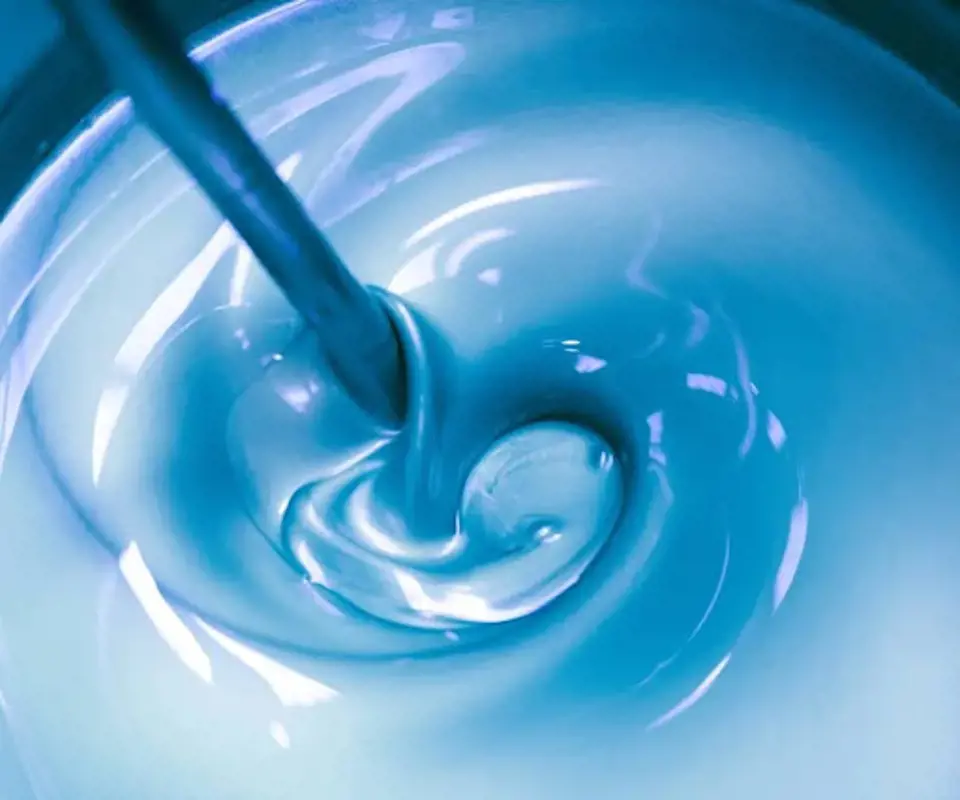
Color reproduction: a complete overview
Color reproduction is a critical aspect of color samplings’ manufacturing, influencing everything from product development to customer satisfaction. This comprehensive overview will delve into the technologies, challenges, and best practices essential for achieving precise color fidelity. By focusing on key insights and expert recommendations, we aim to equip enterprises with the knowledge needed to choose the best partner in color reproduction.
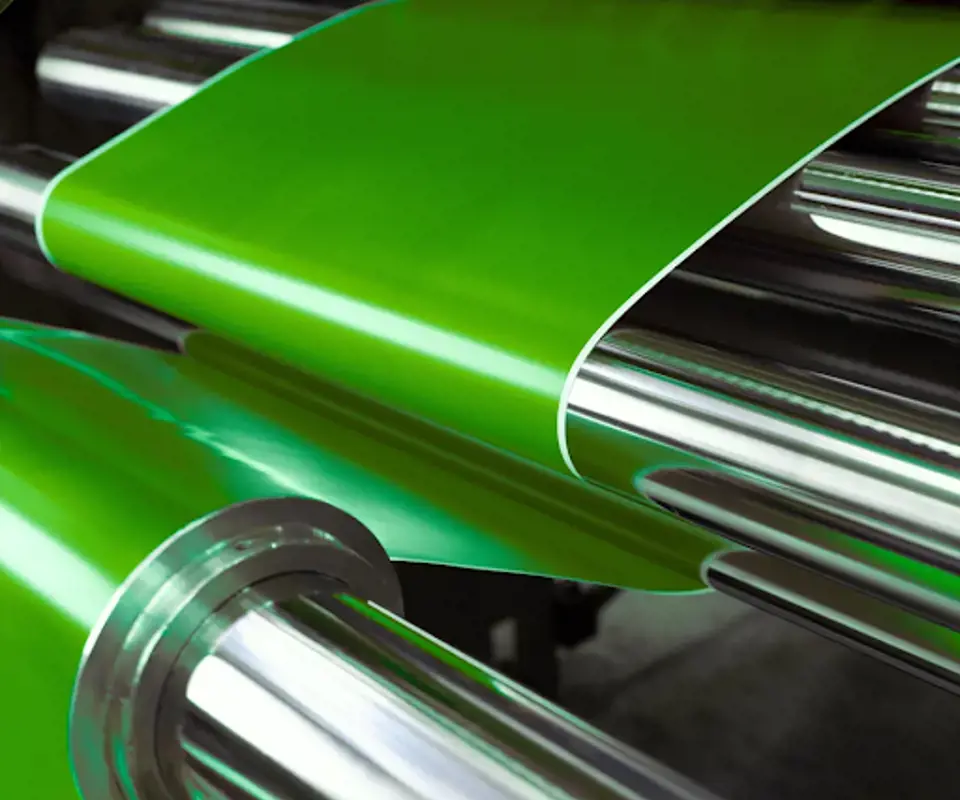
Understanding color reproduction
Color reproduction refers to the process of replicating colors from a source material to a final product, maintaining consistency and accuracy. In the context of decorative paints and powder coating, this involves translating digital or physical color samples into paint formulations that produce the desired hue when applied.
Key concepts are:
-
Color Fidelity: The degree to which the reproduced color matches the original.
-
Metamerism: A phenomenon where colors appear differently under various lighting conditions.
-
Gamut: The range of colors that can be produced by a given medium.
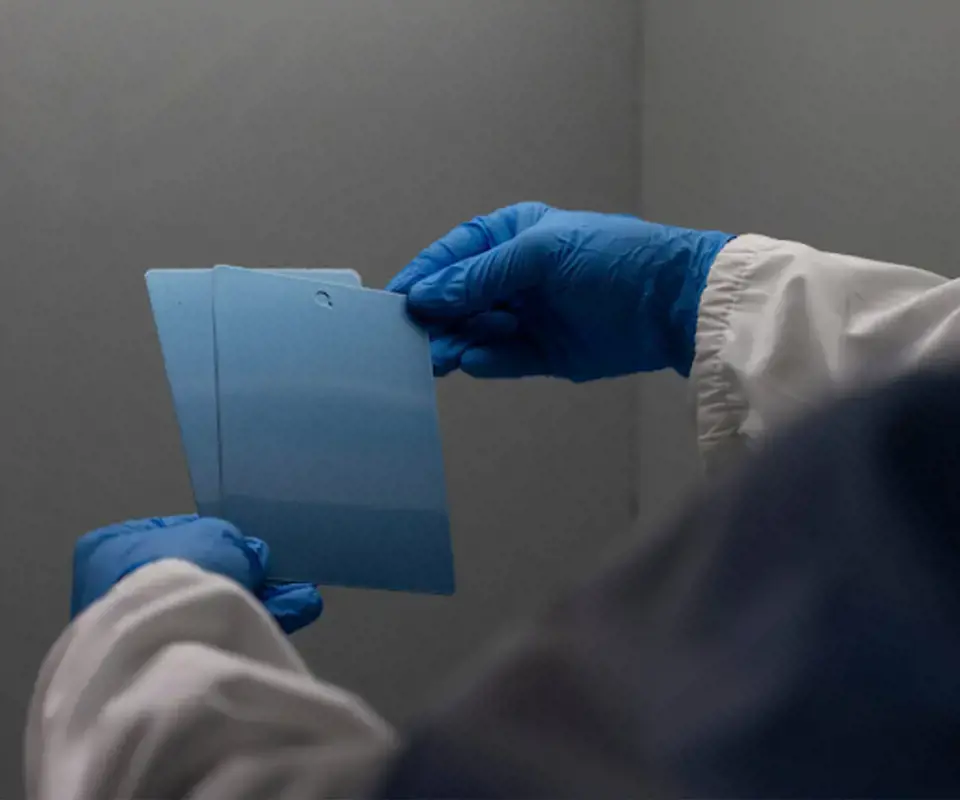
Technologies in color reproduction
Advancements in technology have revolutionized color reproduction in the decorative paint industry. Main technologies include:
-
Spectrophotometers: These devices measure the color of samples by analyzing their spectral data, providing precise color readings that guide formulation adjustments.
-
Color Matching Software: Advanced algorithms in software help in creating paint formulas that match desired colors by simulating how different pigments interact.
-
Digital Colorimeters: Used for on-site color matching, these portable devices ensure that paint applied in the field matches the original color specifications.
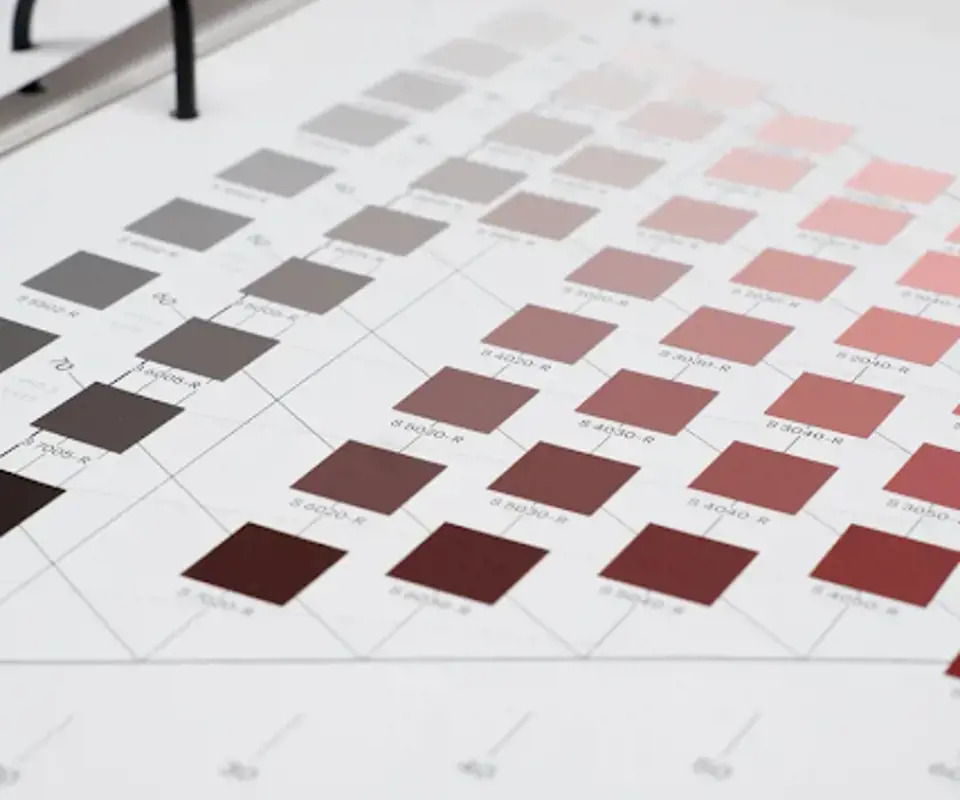
Challenges and best practices in color reproduction
Achieving perfect results is fraught with challenges. For instance, material variability where differences in pigment quality and substrate can lead to inconsistencies, environmental factors like changes in temperature, humidity, and lighting conditions affecting color perception. Also, human perception, where individual differences in color vision can lead to varying interpretations of the same color, play a key role.
To overcome these challenges, there are best practices to follow, including: using standardized lighting conditions to minimize metamerism, sourcing high-quality, consistent raw materials to reduce variability, regularly calibrating color measuring instruments for accuracy, and providing comprehensive training on color theory and matching technologies for staff.
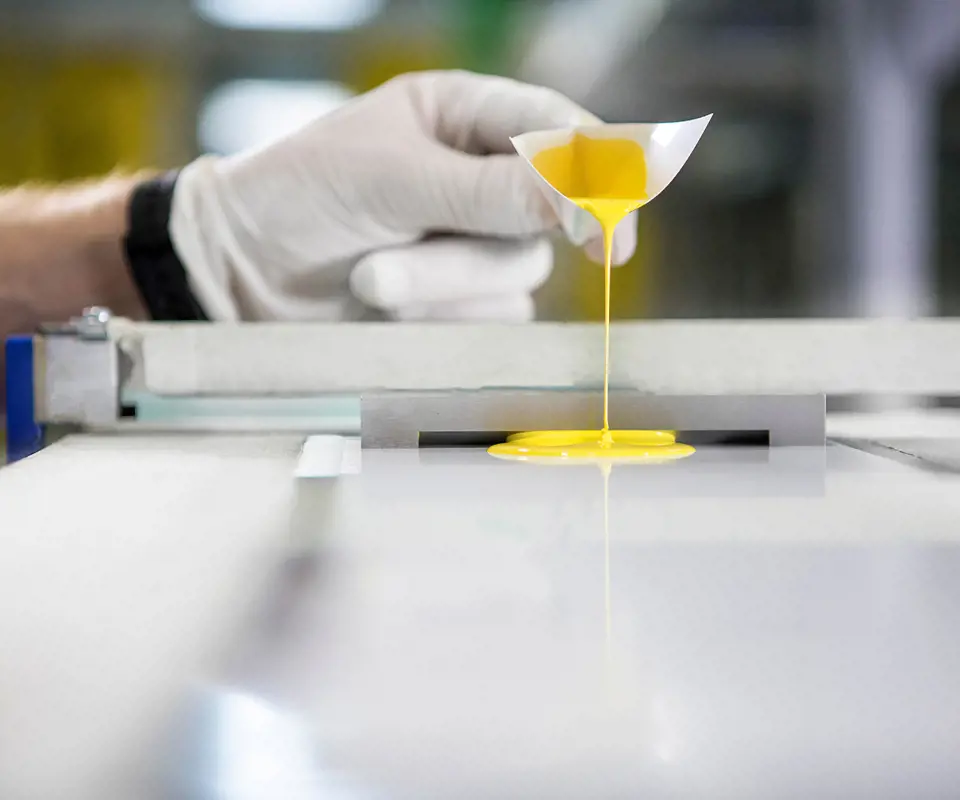
The role of Color Project European
We, as a leader in the field, exemplify best practices in color reproduction. Our manufacturing process highlights the integration of cutting-edge technologies and stringent quality control measures to achieve superior color fidelity.
Our products
Color Project European offers a diverse range of color sampling solutions using solvent- and water-based paints, varnishes, and powder coatings. The five main products are:
-
Full-page fan decks: Comprehensive color samples displayed on full pages for detailed examination.
-
Striped fan decks: Conveniently striped samples for quick comparison of multiple colors.
-
Color books: Organized collections of color samples in a book format for easy reference.
-
Color charts and posters: Visual guides for a broad range of colors, perfect for display and consultation.
-
Color brochures: Informative brochures featuring various color options and details.
Contact us